"Creativity is Intelligence Having Fun", Albert Einstein: Lets Make a Collage and Neuroplasticity
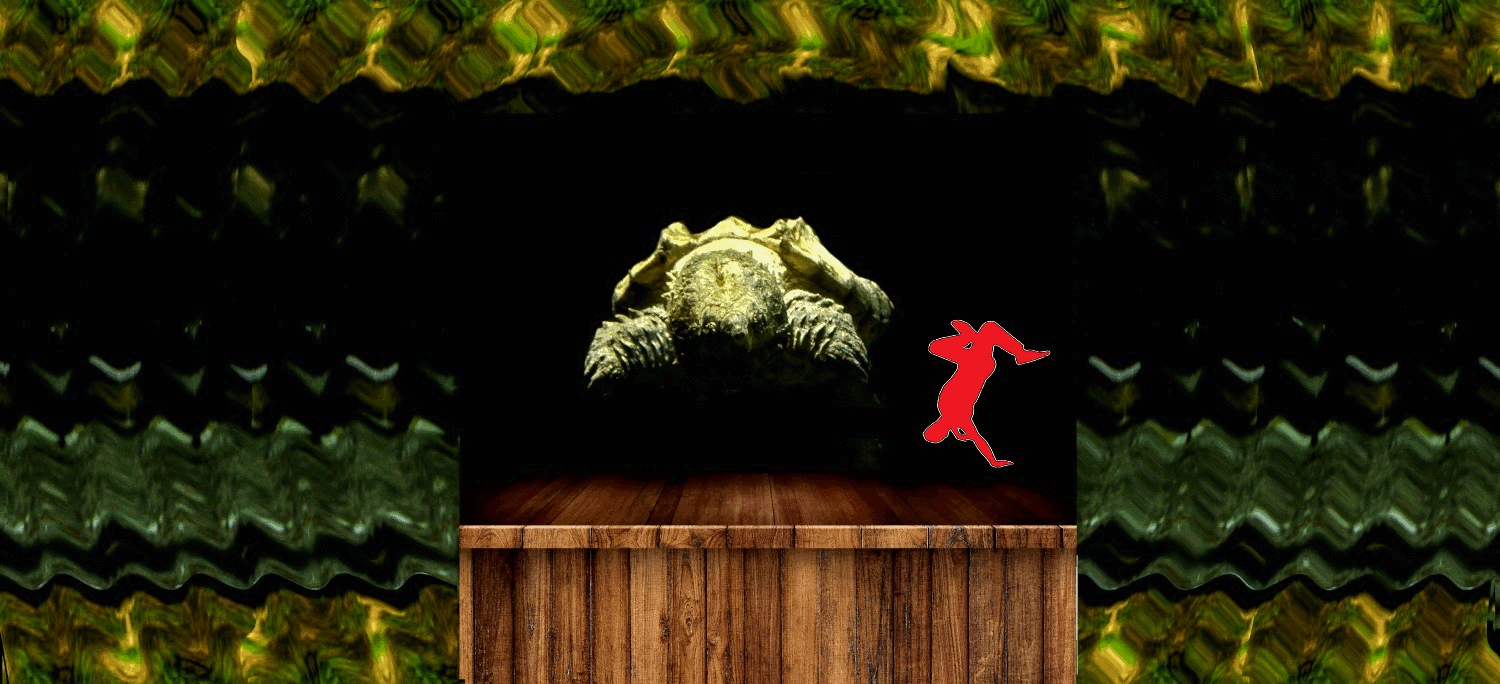
What could be sillier than a breakdancing turtle? Maybe a grandmother who plays around with @shaka's photo in his #LMAC contest? That's me, silly grandmother who probably has better things to do. Or maybe not. Maybe grandma knows something about how really good it is for the brain to solve problems, to learn new skills and to create.
Neuroplasticity: Functional Connectivity
In 2014 PLOS ONE published an article entitled, How Art Changes Your Brain: Differential Effects of Visual Art Production and Cognitive Art Evaluation on Functional Brain Connectivity. That's a long title, but the question the study addressed was, do we get more out of going to a museum and looking at art, or sitting down in a workshop and actually creating art? The authors of the article, all of them associated with research institutes in Germany, used MRI scans to evaluate the results of their experiment. Those results were strongly suggestive, although not conclusive (it was a small study): creating art is good for brain function.
What the scientists were looking at especially was the effect that different levels of aesthetic engagement had on the functional connectivity--plasticity--of the brain. It turned out, both groups, those who produce art and those who merely appreciated it, showed an increase in connectivity. But, those who produced art showed a stronger effect. And this effect--enhanced connectivity--was pronounced in the resting state, that is, after engagement had ceased, as well as in the active state.
Neuroscientists refer to the area of the brain not consciously directed as the default mode network, DMN. It was once thought that this area was reserved for unfocused activities as such as daydreaming. However, research has shown that the DMN is also intrinsic to other brain functions.
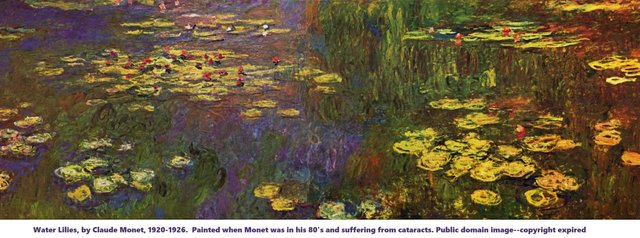
Why should we strive for improved functional connectivity? Because neuroscientists believe memory formation, memory retention, resilience, self-monitoring, introspection--and a host of other neurological activities are associated with neuroplasticity. So, having better, stronger neuroplasticity is desirable.
MIT Weighs in on the Benefits of Enhanced Neuroplasticity
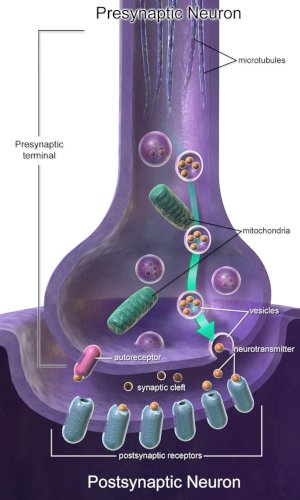

In 2015, MIT scientists decided to investigate how neuroconnectivity is strengthened. They looked closely at the synapse, which is the essence of neuroconnectivity. A synapse is a chemical link between neurons. Across this chemical pathway billions of messages travel each day. In the past, research on synaptic connections focused on the receptor, or postsynaptic, neuron. The MIT scientists decided to look more closely at what goes on in the presynaptic neuron, the one that sends messages across the synapse. They were hoping to better understand how synaptic connections change and the sorts of influences that bring about these changes. What they discovered supports, in principle, the findings of the art study published in PLOS ONE (the one discussed above).
(Pity the poor fruit fly, and send thanks, because fruit flies were used in this research.) What the MIT experiments showed was that, through electrical stimulation, presynaptic neurons can be prompted to send impulses across synapses. This was not a surprising finding. What was surprising was that transmission of unprompted, spontaneous impulses continued at an accelerated rate after electrical stimulation had ceased. In other words, spontaneous impulse transmission--neuroconnectivity--was strengthened, beyond the immediate event.
The enhancement of neural connectivity is accomplished through a kind of electro-chemical ballet that goes on between presynaptic and postsynaptic neurons--the senders and receivers. The presynaptic excites the postsynaptic. The postsynaptic sends a message back, essentially that says, "Yeah, keep it up." That message comes in the form of a protein called PKA. The effect of the PKA is to prompt presynaptic neurons to continue operating even after direct stimulation has stopped.
The upshot of the MIT study, according to one of the researchers:
"“Machinery in the presynaptic terminal can be modified in a very acute
manner to drive certain forms of plasticity, which could be really
important not only in development, but also in more mature states where
synaptic changes can occur during behavioral processes like learning and
memory.”
1
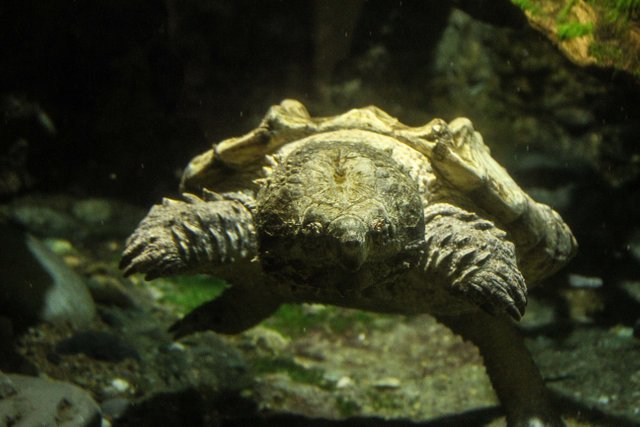
The picture above, the photo of a turtle, is the raw material that participants in @shaka's collage-making contest were given to work with. Each time I view one of @shaka's photos and manipulate it, I'm surprised at the final result. A 2016 article from Scientific Reports may help to explain why. The article describes a study, Brain Networks for Visual Creativity: a Functional Connectivity Study of Planning a Visual Artwork. The purpose of this study was to use MRI scans in order to track neurological changes that occur during the creation of a visual art project. What the study revealed was that creating art involves a high degree of connectivity between different parts of the brain: both those parts of the brain that control executive function and those parts where spontaneous thinking occurs--the DMN.
Executive Function
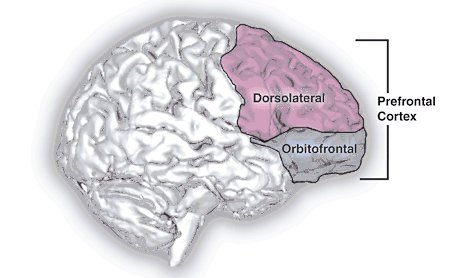
It is suggested by the authors of this study that novel ideas arise
in the DMN. The executive function, EN, is kind of a check on the flow
of ideas that come from the DMN. The EN sorts through the flurry of
activity, "to check if the new combinations can be executed or not, and
at what costs, and whether they successfully solve a problem or express
what was intended."
2
So how can we apply the studies cited here to my art project, my breakdancing turtle? I'll take a stab at it and make some assumptions:
Let's go back to the turtle, as @shaka offered it. As soon as I saw the photo I began to free associate.For me, that's great fun. How did I come up with breakdancing? I guess in my DMN, floating around is a familiarity with my daughter's career as a professional breakdancer. Somewhere in the flow of spontaneous thinking, breakdancing and this rather strange turtle came together.
Now my executive function took over. Could I do this, could the new combinations be executed or not? How long would it take--that is, what would the cost be? Would the outcome be satisfactory, or even comprehensible to the viewer--that is, would my idea express what was intended? I did consciously go through each of these steps, although I didn't know I was mimicking the authors of a serious study.
It is obvious that my executive function, EN, and spontaneous
thinking, DMN, worked hand in hand as some ideas were attempted and
discarded. In an early version of the collage, I had a DJ (Pixabay) on stage with the turtle. I made several DJ images and put them together in a GIF.





This was an interesting concept--but the DJ's desk kept jumping around on stage. My skills weren't good enough to anchor that desk.However, executive function went to work on this problem. What element could I add that would suggest a breakdancing performance, but which could reasonably jump around on stage? A breakdancer! And so I found a breakdancer, on Pixabay, in several poses:
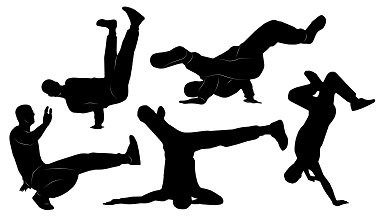
and made a GIF out of that.
Even the curtain for the stage, came from trial and error. I took a little corner of @shaka's picture

and kept playing with it for a background. The curtain evolved almost spontaneously. But I thought, the stage has to look real. And so I looked for stage images on Pixabay 1 and 2.
Does all of this activity, all of this trial and error, seem like a waste of time? Think of the neural connections I made! The paths that didn't exist before but do now, because I experimented and learned new techniques. Think of the enhanced connectivity in my DMN that will come in handy in other, unrelated activities. Plus, I had great fun. And fun is really good for the health.
Finally, I have news for the turtle. Keep dancing. That's a really good way to increase neuroconnectivity..
P. S
About @shaka's contest: check it out. You'll find amazing work there. Really talented people show up and create unique collages. The deadline for submission is tomorrow evening. Maybe after reading this piece, some readers might be persuaded to take part.
Footnotes
1 MIT News, 2015: Neuroscientists reveal how the brain can enhance connections
2 Scientific Reports, 2016: *Brain networks for visual creativity: a functional connectivity study of planning a visual artwork
Selected Sources
Medical News Today: The brain's 'daydream' network is more active than we thought
Positive Psychology Program: What is Neuroplasticity? A Psychologist Explains
MIT News: Neuroscientists reveal how the brain can enhance connections
Neurobiology of Learning and Memory: *A presynaptic role for PKA in synaptic tagging and memory8
Scientific Reports: Brain networks for visual creativity: a functional connectivity study of planning a visual artwork
Science Direct: Executive Functions
Harvard Medical School: On the Brain
Smithsonian Magazine: How Does the Brain Process Art?
Pacific Standard: The Unique Neural Network of the Creative Brain
Frontiers in Human Neuroscience: Creativity, brain, and art: biological and neurological considerations
Sciencing: The Relationship Between Age and Plasticity
Great post. I find a lot of focus in unfocused activities, just kind of different focus and different priorities. When well managed and mixed with some classic focused thinking and doing, can lead to great results with a bit of originality. :) I spotted this small part of text mentioning unfocused activities first. Must be that means something about my perception and priorities.
Definitely means something about your perception and priorities :) I came of age when everyone was taking drugs to "heighten their awareness". It was never something I felt the need to do. Going into a state of "flow" was something I did a great deal already, without drugs :)) I think the more you do it, the easier it is to do.
Thanks so much for your feedback. That's the best part about Steemit. I wake up in the morning and find nice comments like this.
Hey @agmoore,
Pretty nice. I will Review it in detail tomorrow morning! Very nice that you are talking about synaptic plasticity because almost everyone know it somehow except of the representatives in schools and universities.
Funny.
Good night.
Posted using Partiko Android
Thank you!
It's more sad than funny, isn't it? Creative thinking is not rewarded. In the US, cutbacks on music, art and even gym. STEM, STEM, STEM. But insight has to fuel the STEM, doesn't it?
Oh I wrote it twice! I just want to add something else here!
Nevermind!
Hi @agmoore2!
Your post was upvoted by Utopian.io in cooperation with @steemstem - supporting knowledge, innovation and technological advancement on the Steem Blockchain.
Contribute to Open Source with utopian.io
Learn how to contribute on our website and join the new open source economy.
Want to chat? Join the Utopian Community on Discord https://discord.gg/h52nFrV
Thank you very much! Wishing you a happy, creative day :)
This post has been voted on by the SteemSTEM curation team and voting trail. It is elligible for support from @curie and @utopian-io.
If you appreciate the work we are doing, then consider supporting our witness stem.witness. Additional witness support to the curie witness and utopian-io witness would be appreciated as well.
For additional information please join us on the SteemSTEM discord and to get to know the rest of the community!
Thanks for having added @steemstem as a beneficiary to your post. This granted you a stronger support from SteemSTEM.
Please consider using the steemstem.io app to get a stronger support.
Thank you SteemSTEM. I posted this on steemstem.io and listed SteemSTEM as beneficiary. Being a part of this community is an amazing honor.
Wonderful article @agmoore2,
this, in fact, is a topic I'm highly interested in years. It started when I became familiar with Erik Kandel and his research. Until today I always have to think about what he found out when I'm doing something. Often I need a few hours to get the flow for the creation of something new. Unfortunately, with a 12 hours day and multiple other activities and projects (besides steemit), it's pretty hard to get in this higher state of conciseness. When I was a student I did arts to relax. But these days are over :-( I haven't painted anything for years (besides of clumsy dinosaurs for steemit with Inkscape).
It seems like our society doesn't want you to become creative. This year it's the year of Leonardo Da Vinci. He was a bastard. Therefore, no one was interested in his education and because of this, he was free enough to do and to learn whatever he wanted.
To come in this direction is one of my biggest desires! Not to be as Da Vinci (this is impossible) but to have the freedom to do whatever you want, whenever you want.
But now I have to got to work!
Enjoy the week
Best
Chapper
I'm grateful to you for that correction. You know, I'm a science tourist--I wander about and learn. Then I try to explain what I've learned. Thanks for being so courteous with your correction :)
I think your creativity shines through your blogs, and not just through your drawings. You describe ideas symbolically and colloquially. There's nothing dry and dull about your writing, although it is often quite technical.
I appreciate the feedback very much.
Don't work too hard. Life really is short.
Peace and health,
AG
No trouble! I removed the hint!
Thanks, peace & health also to you!
Chapper
Oh and thank you for the kind words!
I think you this also holds true for your post. Except for the technical aspects ;-)
I looked up Erik Kandel. Listened to a Ted Talk by him last night and ordered his book (used), The Age of Insight: The Quest to Understand the Unconscious in Art, Mind, and Brain, from Vienna 1900 to the Present this afternoon. It's amazing how closely his areas of research intersect with my long-time areas of interest. Thank you for that tip!
I hope you are having a wonderful week.
Peace,
AG
[I get confused juggling my two accounts :)]
he's THE genius!
Congratulations @agmoore2! You have completed the following achievement on the Steem blockchain and have been rewarded with new badge(s) :
You can view your badges on your Steem Board and compare to others on the Steem Ranking
If you no longer want to receive notifications, reply to this comment with the word
STOPDo not miss the last post from @steemitboard:
Vote for @Steemitboard as a witness to get one more award and increased upvotes!